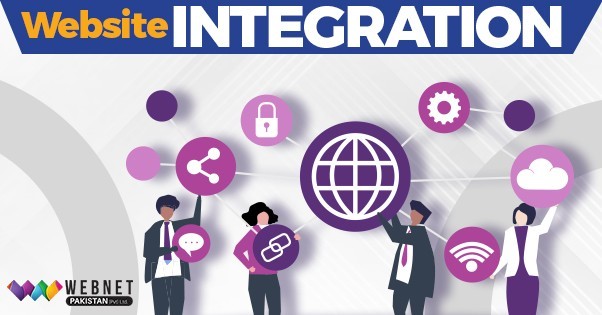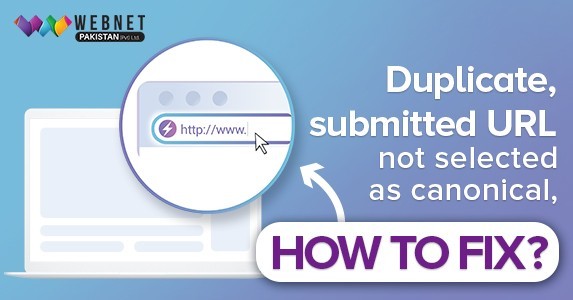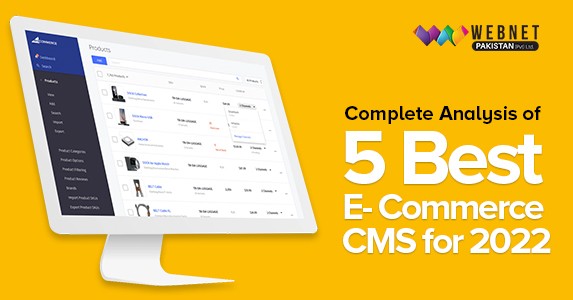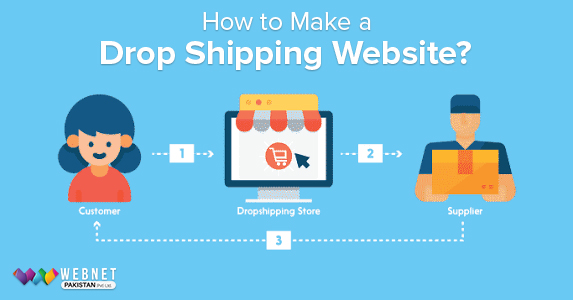What is Website Integration?
In today's hyperconnected digital world, a company's ability to combine various components of its online presence can make all the difference in its success. The foundation of this effort is website integration, which acts as a bridge to connect various applications, data sources, and systems to produce a coherent online experience.
What is website integration, though? Fundamentally, website integration merges various website components with other platforms or systems to improve the overall user experience, optimize functionality, and streamline operations.
Let us take a quick overview of website data integration. Website Data Integration involves linking various software applications with multiple computing systems, both physically and functionally, to work together.

The Basics of Website Integration
To create a digital ecosystem, website integration combines various website components with databases, applications, or systems from outside sources. This approach enhances functionality, user experience, and operational efficiency by ensuring that various parts work well together.
Whether connecting payment gateways, social network feeds, or CRM systems, businesses use website integration to improve their online presence and offer value to their audience.
Whatever your Business requires, Website solutions are the daily demand of today's Businesses to improve and enhance their self-service.
Potential Automation
- Online stock information—You might have ERP or Accounting software that works separately to manage your inventory. If you need to call the inventory to your online store to ensure that a customer does not order something that is not out of stock, connecting the ERP or Accounting software to integrate it with your website is an example of Website Integration.
- Order processing—This is when you want to call external software to send data to your website so that your customers can track their orders.
- product information - Companies have thousands of products, and it is hard to have all the information and put it again on new systems, but through website integration, you can call out all the information that aligns with your
- Pricing—A pricing change in one core system for so many products is so difficult that you would want that if the prices change in the core system, all the system integrated should also update their pricing.
The Benefits
- Good Customer service
- Eliminate manual working through the automation process
- Prevent databases from being out of sync
- Boost the market for the latest product information and varying existing products.
- Increase sales
- Fewer data errors
Types of Website Integration
Different strategies have different uses in website integration, improving digital platforms. Here are the three main categories of website integration:
API (Application Programming Interfaces) Integration:
The service providers that enable different software systems or programs to communicate and interact with one another are known as application programming interfaces or APIs. They define the processes and protocols that let one piece of software request and share data with another, facilitating seamless integration and interoperability.
Third-Party Integration
It can benefit from their exclusive features and resources by incorporating third-party apps, platforms, or services within a website. These integrations expand the capabilities of the website by introducing new features or services that enhance the overall user experience.
Database Integration
Database integration allows for creating engaging content, individualized user experiences, and effective data management procedures by synchronizing and sharing data between a website and backend databases.
Businesses can take advantage of the complexities of database integration, third-party integration, and API integration to improve their digital platforms' performance, usability, and efficiency—thereby promoting expansion and success in the competitive online market.
Best Practices for Successful Website Integration
Website integration projects must be implemented with thorough preparation, strategic decision-making, and cooperation from various stakeholders. Organizations can successfully manage the complexity of integration and achieve their goals by following best practices. Now let's look at some essential best practices for integrating websites successfully:
Thorough Planning and Requirement Gathering
Before starting the development process, carefully plan and specify the integration requirements. Conduct thorough requirement-gathering sessions to determine the needs, goals, and expectations of stakeholders surrounding the integration project.
Why is it important?
- A thorough comprehension of the requirements guarantees alignment between developers and stakeholders, reducing miscommunication and inconsistencies during the integration process.
- Effective planning facilitates the early identification of possible obstacles, hazards, and dependencies, allowing for the allocation of resources and proactive mitigation techniques.
Choosing the Right Integration Approach and Tools
Assessing various integration techniques and tools can help you identify the best option for your unique needs and goals. When choosing integration technologies, take into account aspects like scalability, adaptability, compatibility, and ease of installation.
Why is it important?
- It is possible to increase productivity, optimize resource usage, and expedite development processes by selecting the appropriate integration approach and tools.
- Optimizing integration solutions to meet your company's specific requirements guarantees optimal value and efficacy in accomplishing objectives.
Prioritizing Security and Data Protection
Throughout the integration process, carefully consider security and data protection. To protect sensitive data and reduce security risks, implement strong security measures, encryption protocols, access controls, and compliance systems.
Why is it important?
- Retaining credibility, trust, and regulatory compliance requires safeguarding against security risks and data breaches.
- Making security a top priority builds trust with stakeholders and end users and promotes a safe and resilient digital environment.
Regular Testing and Monitoring
Establish a thorough testing and monitoring schedule to verify integration functionalities, spot possible problems, and guarantee system performance, stability, and dependability. Perform comprehensive testing, including unit, integration, and user acceptability testing, at every level of the integration lifecycle.
Why is it important?
- Frequent testing lowers the risk of significant failures or disruptions in production environments by assisting in the early detection and resolution of integration-related issues during the development phase.
- Proactively identifying performance bottlenecks, security flaws, and compliance infractions through continuous monitoring makes prompt correction and optimization efforts possible.
Collaboration Between Developers, Designers, and Stakeholders
To ensure successful integration, developers, designers, stakeholders, and end users should work together and communicate with each other. To guarantee that everyone is working toward the same objectives, promote a culture of accountability, transparency, and cooperation.
Why is it important?
- In cross-functional teams, collaboration creates cooperation, improving problem-solving, decision-making, and innovation.
- Involving stakeholders and end users in the integration process establishes a sense of ownership, engagement, and pleasure with the finished result, which promotes adoption and success.
By incorporating these practices into website integration projects, organizations may successfully navigate obstacles, reduce risks, and produce solutions that benefit stakeholders and end users. To encourage sustainable growth and innovation in the technology field, it is necessary to adopt a comprehensive integration strategy that prioritizes planning, security, testing, and collaboration.
Future Trends in Website Integration
There will probably be significant changes in the website integration landscape going forward due to the rapid advancement of technology. Businesses must foresee future trends and use cutting-edge technology if they want to stay ahead of the curve and take advantage of new opportunities in the digital sphere. Let's look at several potential paths that website integration may take going forward:
AI-Powered Integrations
- As AI technologies progress, the number of integrations influenced by AI will rise, providing customized user experiences, predictive analytics, and intelligent automation.
- Prediction analytics skills will enable proactive decision-making and integration workflow optimization based on real-time information and prediction models.
IoT Integration
- The rapid growth of Internet of Things (IoT) devices will create demand for IoT integration solutions that enable continuous connectivity, data sharing, and control across diverse IoT ecosystems.
- By connecting with IoT data streams, businesses will be able to use real-time sensor data for business process improvement, remote monitoring, and predictive maintenance.
Blockchain Integration
- Blockchain technology, which offers independent, permanent, and transparent solutions for data interchange and cooperation, will disrupt conventional approaches to data management, security, and trust in website integration.
- Blockchain integration platforms will make trustless interactions possible and lessen the need for middlemen by enabling safe and auditable transactions, smart contract execution, and decentralized identity management.
Concluding Reflections on Website Integration
Website integration is essential to shaping modern firms' digital strategies. Businesses may increase user experiences, boost functionality, and streamline operations by connecting web platform components. This helps them remain competitive in the ever-evolving digital landscape.
To sum it up, website integration is essential to a company's digital progress because it enables them to create user-friendly online experiences that connect with customers and offer real benefits. Firms can find new opportunities and succeed in the dynamic digital landscape by applying innovative approaches and anticipating emerging patterns.









0 comment